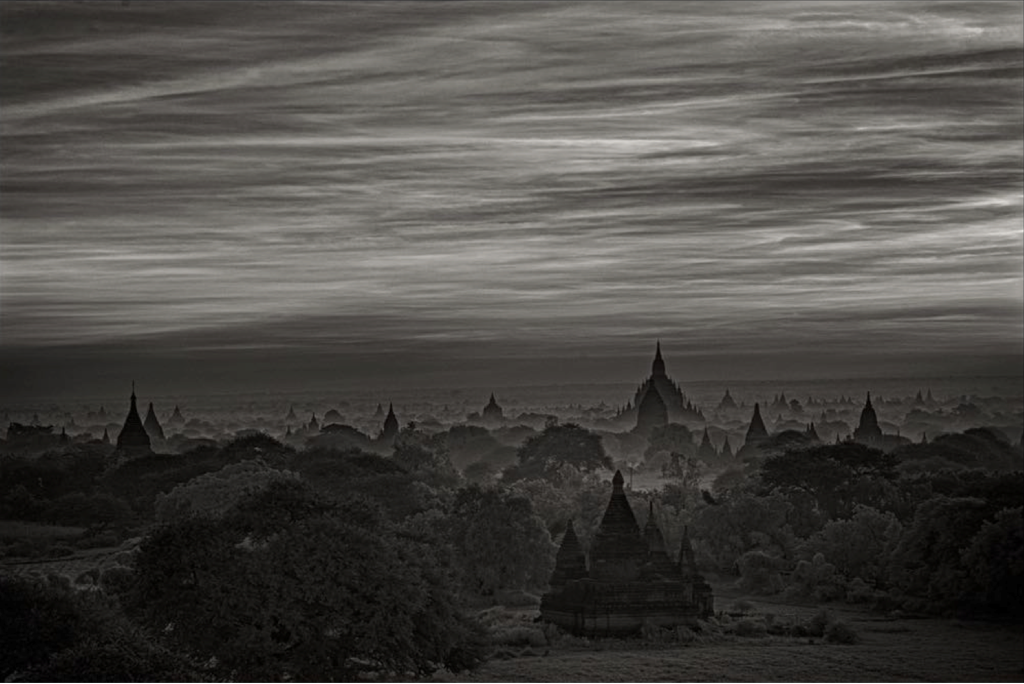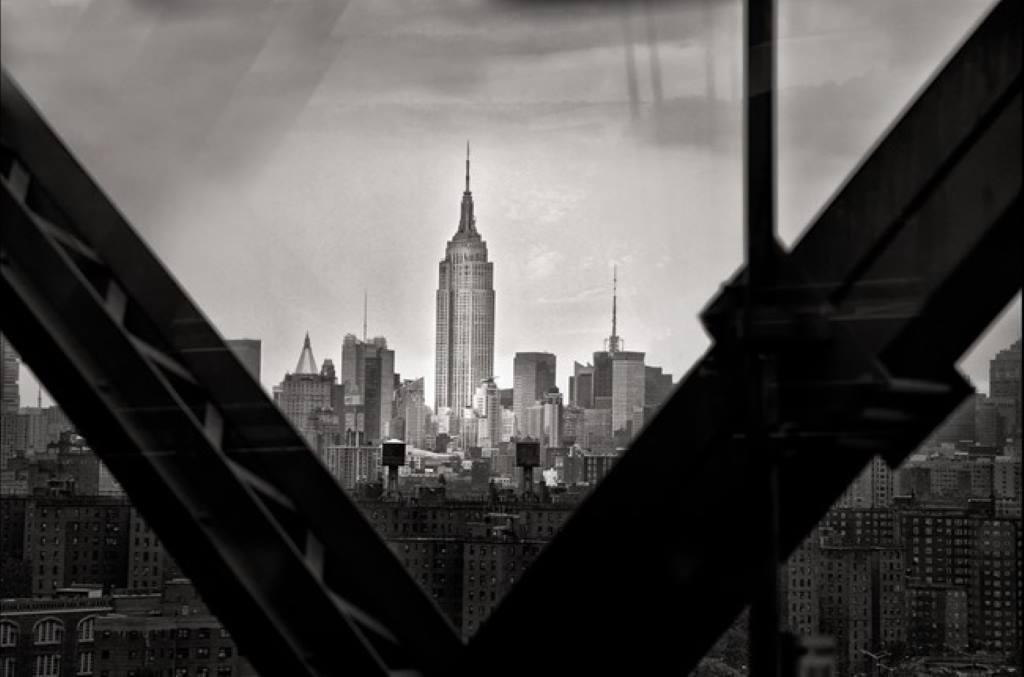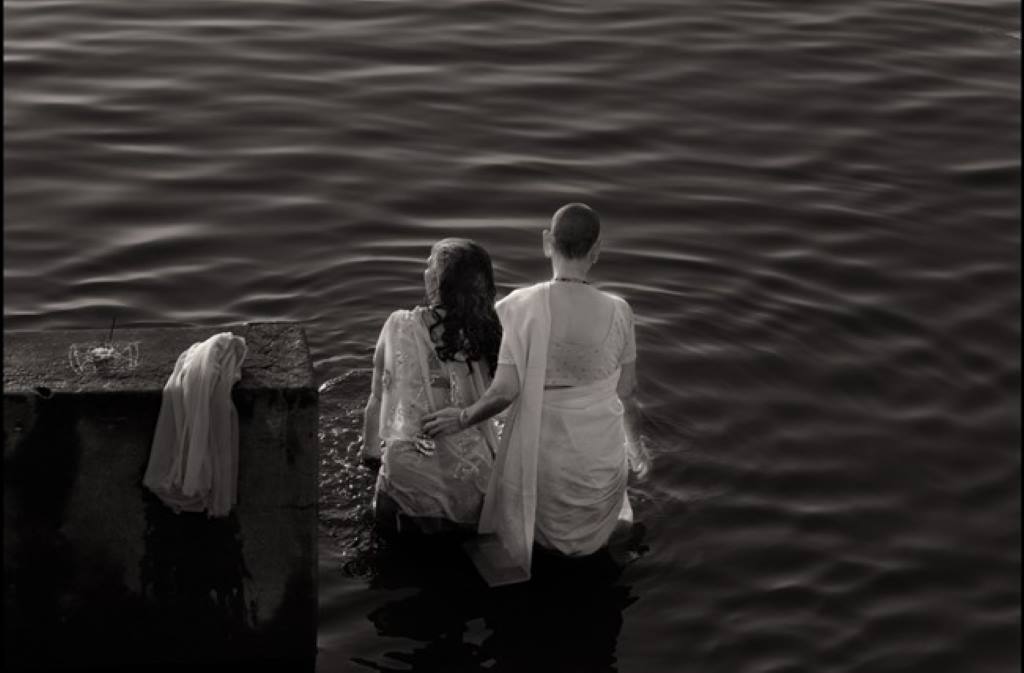21st Century Composition Theory: The Tao of the Following the RGB Road
Author: Vincent Versace
Vision without action is a daydream. Action without vision is a nightmare.
— Japanese Proverb Tweet
Dear Gentle Reader,
As gaps between work and life permit, this forum has afforded me the opportunity to share with you what I am thinking. I cannot promise you how frequently I will write, but I do promise that when I write, it will be after much thought has gone into what I write. I believe that you are reading this because you are either interested in or are already a practitioner of infrared photography. But first and foremost, I believe you are a practitioner of photography.
Case in point, I have been shooting infrared images since I was 13. I have been shooting digital infrared since 2003 and have been a practitioner of photography since I was 7 years old (some 55 years ago). I am still practicing!
I am in the process of writing my fourth and final book of the Oz series, “21st Century Composition Theory: The Tao of the Following the RGB Road” or something like that. The goal of this book is to commit to print what I believe is important to know about the ‘why to’ of the ‘how to’ of photography. I wanted to call it, “21st Century Composition Theory: The World According to Me,” but I was advised that would upset too many gentle readers. This is not my last book because my end is nigh; it is my last book because writing books is exhausting and you must have a thick skin to put your thoughts and beliefs on display.
New York mayor Ed Koch said, “If you agree with me on 9 out of 12 issues, vote for me. If you agree with me on 12 out of 12 issues, see a psychiatrist.” He had a point. I am not asking you to agree with me on everything or even anything. It truly matters not if you think I am full of fertilizer. I ask only that you consider the possibility of what I say because it is with fertilizer that flowers grow.
You will find within the confines of this website an abundance of technical information about infrared photography; all of it valuable. Much of this information has changed the way I view things when it comes to shooting infrared, but in this part of the website, my job (as I see it) is to explore the “why to” of the “how to.”
With that said, let’s begin.
The Pleasure of Creativity
A Recipe for Creating
If you hear a voice within you say, "You cannot paint," then by all means paint, and that voice will be silenced
— Vincent Van Goh Tweet
Most of us are able to look at the artistic work of others and decide whether or not we like a particular piece. Why then, when we view an image of our own, are we frequently fraught with ambivalent feelings? I do not understand why we tend to be our own worst critics. Certainly, there are enough people in the world who will find fault with anything that we do. We must learn not to assist them.
But why pursue anything creative if we are doomed to torture ourselves about what we did and approach being creative as if there is some cosmic scorekeeper that decides if we are ahead or behind? The truth is that nobody but you is keeping score. We spend too much time concerning ourselves with the notion that for our creative work to be valid, others have to like it.
All artists hear a call to express themselves creatively, but too often, that voice fades with time and is replaced by one that says, “You can’t do that.” or “If it was such a brilliant idea someone else would have thought of it first.” The quickest way to silence that voice is to do exactly the thing that you think you cannot.
Hardening of the Categories
If you want to take more interesting pictures, stand in front of more interesting stuff.
— Jim Richardson Tweet
Hardening of the categories causes art disease.
— W. Eugene Smith Tweet
Every image you create is an expression of the artistic inspiration that moves you. You express your creative voice by developing the ability to show what moves you without screaming for the attention of others. It means getting out of your own way and, in the moments when your creative spirit is moved, trusting that what comes from those moments will be good. Your goal should be to trust what you feel and constantly strive toward personal excellence and elegant performance. When your effectiveness becomes effortless, your images will move the viewer solely by the power that caused you to be moved.
Because you are reading this in this place, I assume that most of you have chosen photography to express how you feel to the outside world. However, regardless of the path you have chosen, it is you who drives the art form bus, not the other way around.
Technique exists to better help you express yourself. If there is a battle between voice and technique, voice should always win. Emotionally full and technically imperfect trumps technically perfect and emotionally vacant every time.
I believe that there is no drug as addictive or as alluring as being successful creatively. To make a living from the fruits of one’s imagination is truly a blessed way to live. But herein lies the rub. With practice, and perhaps success, we find our groove. But grooves frequently become ruts, and ruts can become trenches, and trenches can become graves in which our creativity becomes buried.
So how do you become more creative and create diverse, emotionally moving images? If you want to have more creative work, find creative moments in your everyday life. If you want to have more emotionally captivating work, let your everyday life captivate you emotionally. If you want your work to be more diverse and interesting, lead a more diverse and interesting life. In simpler terms, your work is only as good as the inspiration that you find in the life you lead.
If You Have a Minute, Tell Me Everything You Know
I would say to any artist: 'Don't be repressed in your work, dare to experiment, consider any urge, if in a new direction all the better.'
— Edward Weston Tweet
A discussion about photography should be about why we are moved to create the images we do, and how to best practice the things that will help our voices be heard in the clearest, truest way. A discussion about technique that excludes one about why particular techniques are chosen is like having a conversation about a repair manual.
All creativity comes from a wellspring within us, and the more frequently and diversely we exercise our creative muscles, the stronger and clearer our emotional voice becomes. Feeling that you will never do something well, is no reason not do it. Let that something become your new best friend, because it is from doing those things that things never before seen are born.
I learned great photographic lessons from shooting both portraits and landscapes because I learned to shoot my landscapes like portraits and my portraits like landscapes. When I photograph a flower, am I not taking the flower’s portrait? When I photograph a person, is it not the objective, with one frame, to lay bare the essence of that person in that instant? My most successful portraits and landscapes are the ones in which those things happen.
What makes images even more successful is bringing life experiences and a knowledge base of techniques to the table. This allows you to create an image that reflects what you felt when you were taken by the moment.
I would like to tell you a story. I love to cook and, even though I know it is unlikely that I will ever be as great a cook as one of the great chefs that I know, I keep trying to learn more about cooking creatively. I had the honor of spending a week in the kitchen of John Fraser, the chef at Restaurant Dovetail in New York City. By mid-week, I had finally graduated to “preparing ingredient,” specifically – the task of chopping carrots into the equivalent of pixel-sized cubes. About halfway through my second bunch of carrots, Chef Fraser walked by and told me that my efforts were not acceptable. My first thought was “.. but they are just carrots.” Apparently, my face belied that thought, and Chef Fraser said, “I see you don’t understand.” Again, I must admit I was still thinking “.. but they are just carrots.” What I said was, “No, I do not.”
“Okay,” he said, “let’s talk about something I know you understand. These carrots are not visually acceptable. You need to be cutting cubes and you have cut rectangles and diamonds. The visual composition I want to create is squares in a circle. So compositionally what you have done does not work.” I did get that! “But the bigger issue is that because they are irregularly shaped and different sizes, they will cook differently. Some parts of the carrot will be over-cooked, and some will be under-cooked. My goal is to create a dish that is so visually appealing that you almost don’t want to eat it because of how pretty it looks, and when you do, you will find that it tastes even better than it looks. By not cutting the carrots uniformly, you have disrupted the pleasure of the person eating this dish. Everything matters. Everything dovetails into everything else. It’s why the restaurant is named Dovetail.” That was one of the most important lessons I have ever learned. Everything matters, and everything dovetails into everything else.
Home Run Hitting 101
Don't let the fear of striking out ever get in your way.
— Babe Ruth Tweet
Be careful of some artists who boast of 35 years of experience. Such a person may have one year of creativity experienced thirty-five times. To me, a true artist practices by acting; by putting truth into his or her creations so that they change with time, but maintain an elegant simplicity. Great art is created when the artist discovers that being an artist is about understanding themselves and expressing that. Knowing more about techniques helps that expression happen.
Why try to know everything there is to know about a subject? Just because? That is what those voices, who were not on the call that set you on your photographic path, would suggest.
That is what those voices, who were not on the call that set you on your photographic path, would suggest. The reason is that the more you know about how to bring forth your vision, the more clearly your voice will be heard. Those voices also say that you must be “born with it;” that creativity cannot be taught. But what if could? What if there is a pathway? I believe there is such a pathway and I suspect that I will discuss that here sometime in the future. But I digress.
So what if you swing and miss? If you do not swing at all, you will never have the chance to knock it out of the ballpark.
The underlying goal is a simple one: to make a print of a picture that moves you, just like it moved you the first time you saw it. The joy of creation is in knowing that your photograph moves others.
The bigger and fuller you experience life, the bigger and fuller your creative expressions of life will be. It is on that note that you should begin all your creative symphonies. It is on that note that you should begin every breath you take.









